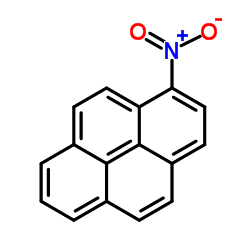| Structure | Name/CAS No. | Articles |
|---|---|---|
 |
aminopyrene
CAS:1606-67-3 |
|
 |
1-Nitropyrene
CAS:5522-43-0 |